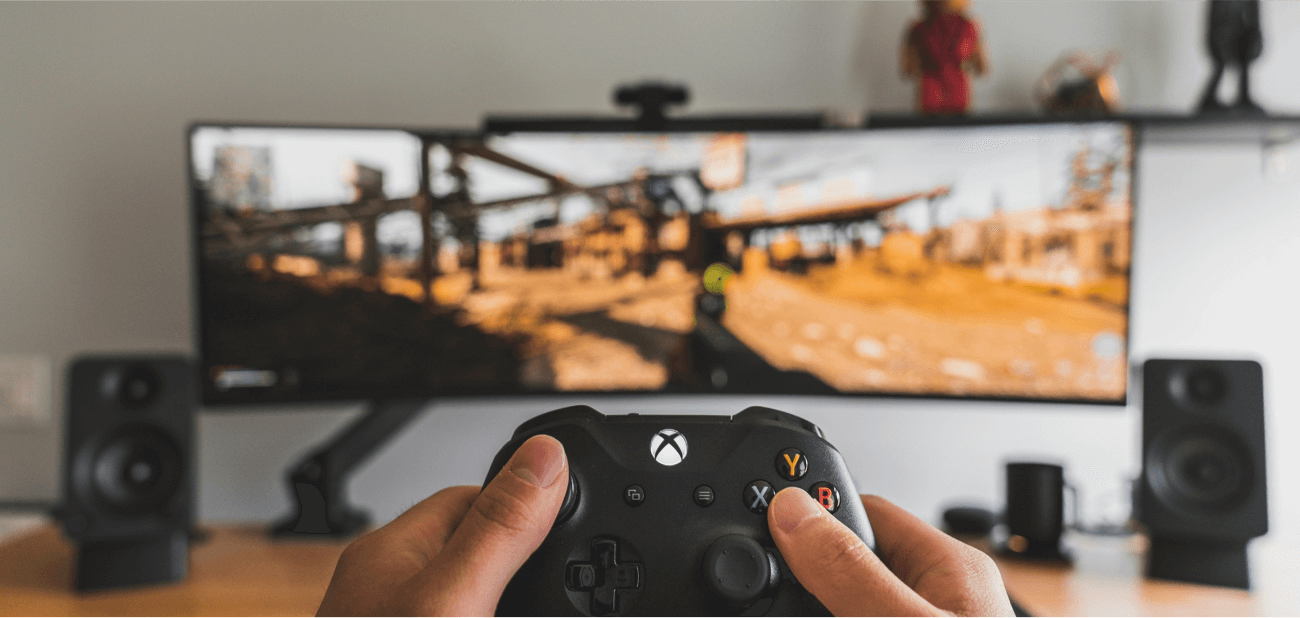
4 Comments
-
Romy Pond
“The section on binaural audio was super intriguing! I tried it in VR games, and it’s truly next-level immersion. Do you think this technology will become mainstream, or is it limited to niche experiences?”
-
Teresa Butler
“The section on binaural audio was super intriguing! I tried it in VR games, and it’s truly next-level immersion. Do you think this technology will become mainstream, or is it limited to niche experiences?”
-
Jasper Satin
“I love how audio is finally getting the attention it deserves in the gaming industry. It’s not just about visuals anymore. The impact of spatial audio in competitive games like FPS is a game-changer. Great insights!”




Liam Mason
“Great read! It’s amazing how far gaming audio has come, from simple 8-bit sounds to immersive 3D audio. I love how soundtracks and sound effects can now completely change the atmosphere of a game. Any recommendations for games that showcase cutting-edge audio tech?”